- Cheap servicing
- Good size
- Full suite of active safety
- Thirsty and slow drivetrain
- Starting to feel its age
- Poorly integrated technology
The 2020 Nissan Qashqai is a car that Australians know well and are quite fond of, with Nissan’s compact SUV often rubbing shoulders with top sellers like the Mitsubishi ASX, Kia Seltos and Honda HR-V. As it should, considering Nissan was one of the first to enter the segment with its first generation hatchback-cum-SUV, known locally as the Dualis, before aligning the nameplate with the rest of the world when the second generation launched here in 2014.
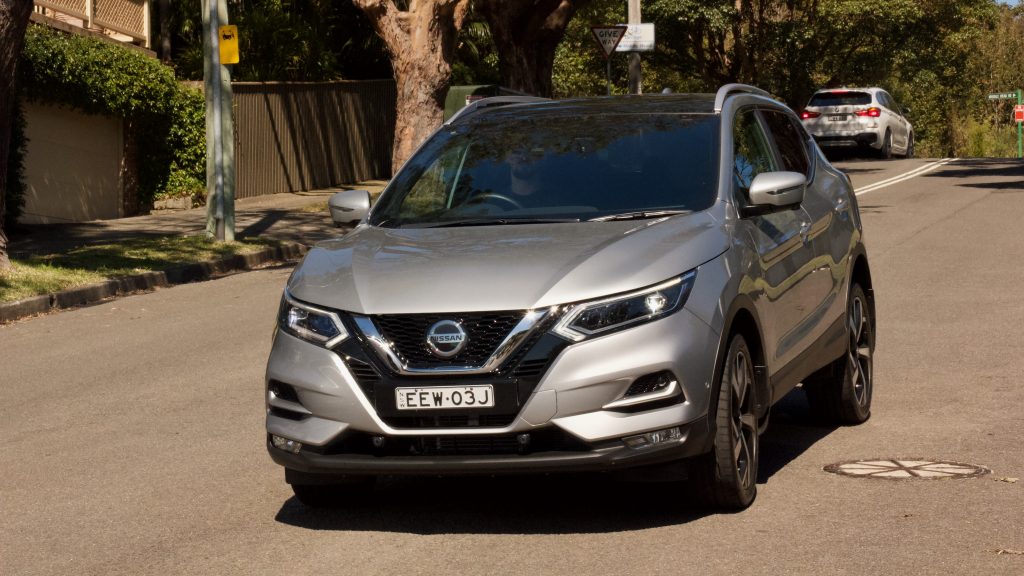
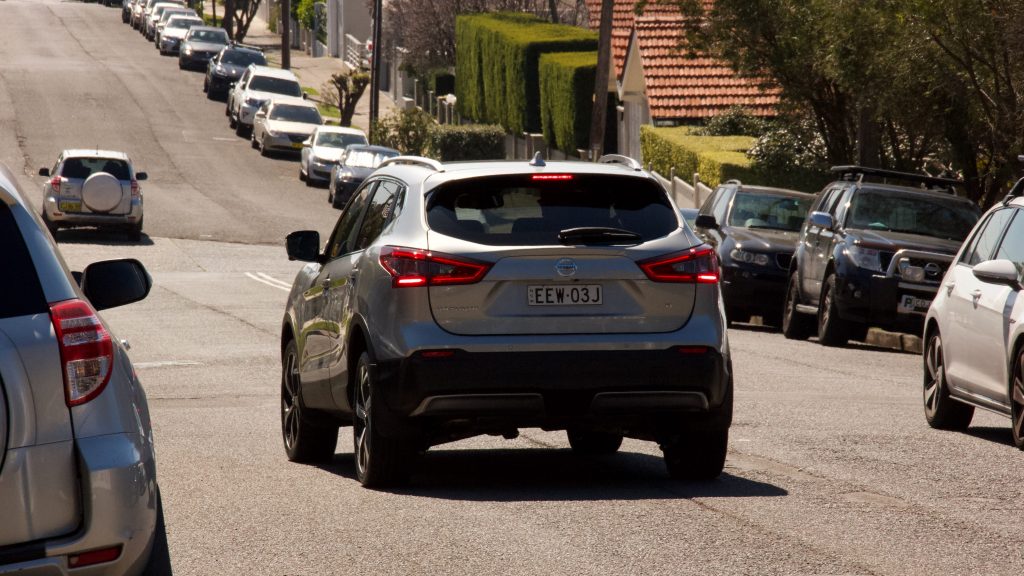
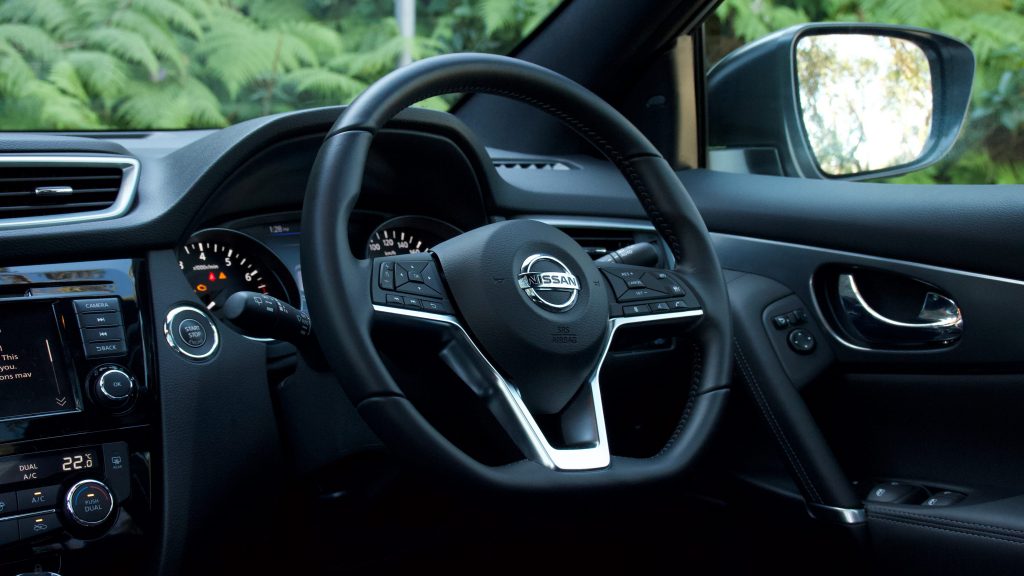
Now in its twilight years, does the 2020 Qashqai still make sense in a segment that’s grown exponentially in the last few years – in both sales and available models – or is it outclassed by newer competitors?
Price & Specs: 7.0/10
The Qashqai is one of the oldest compact SUVs in the class, but a facelift in 2017 and some running changes earlier this year aim to keep this current model fresh until it can hand the baton to the all-new model next year. The range starts with the ST manual at $27,990 before on roads – the only manual in the range unfortunately. The rest of the range is a CVT auto-only affair, starting from the $29,990 ST CVT and topping out with the $38,490 Ti.
Courtesy of the MY20 updates, all models now score Apple CarPlay and Android Auto capability in the 7.0-inch infotainment touchscreen. The ST also gets 17-inch alloy wheels, LED daytime running lights, LED tail lights, an electric park brake, push button start and a leather-wrapped steering wheel. Not bad for a base model.
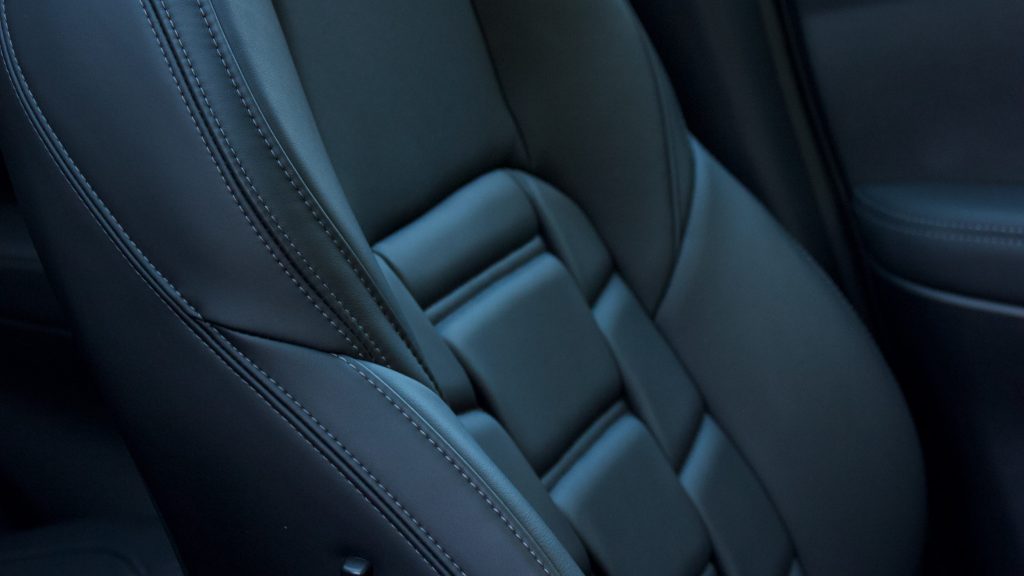
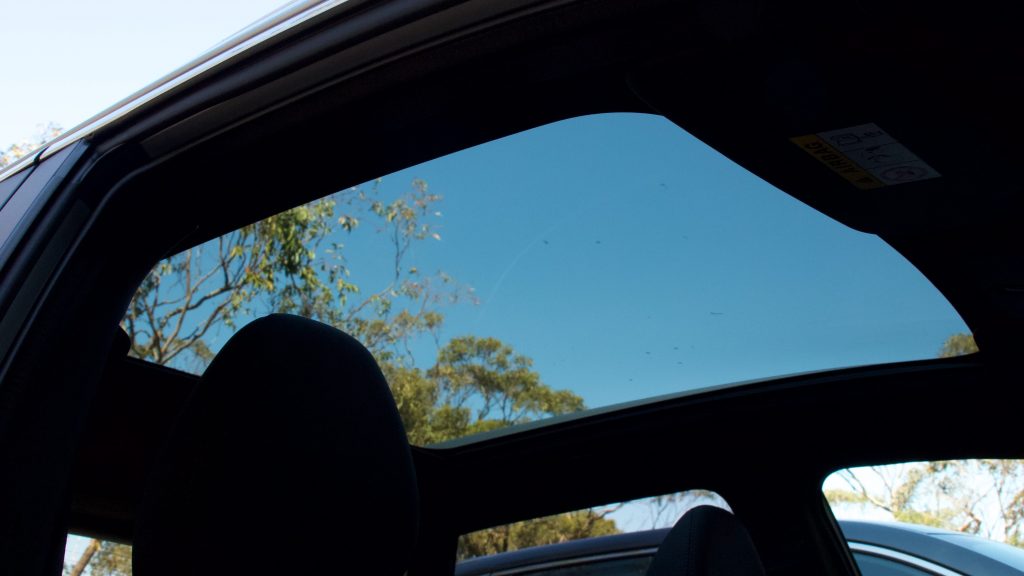
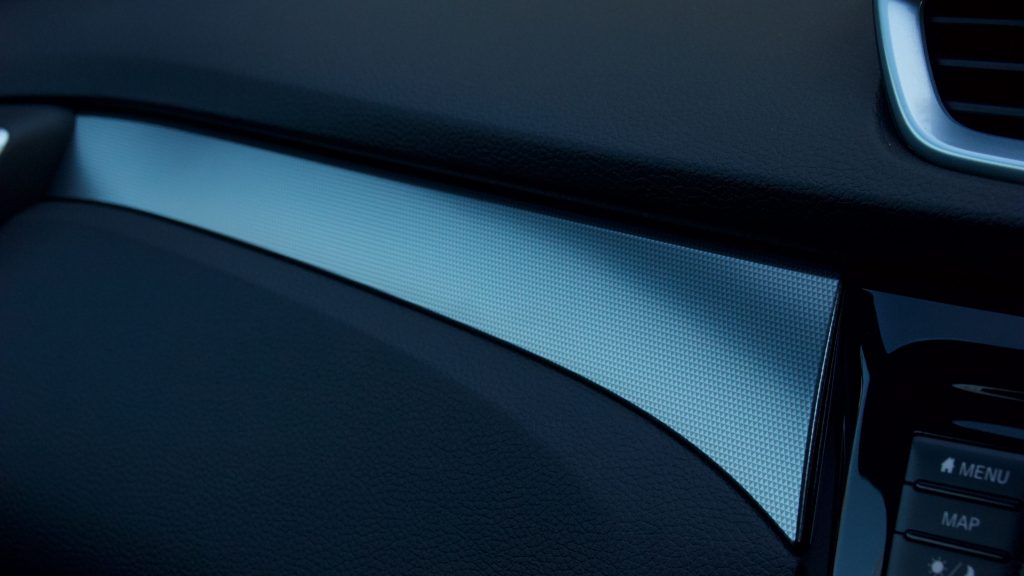
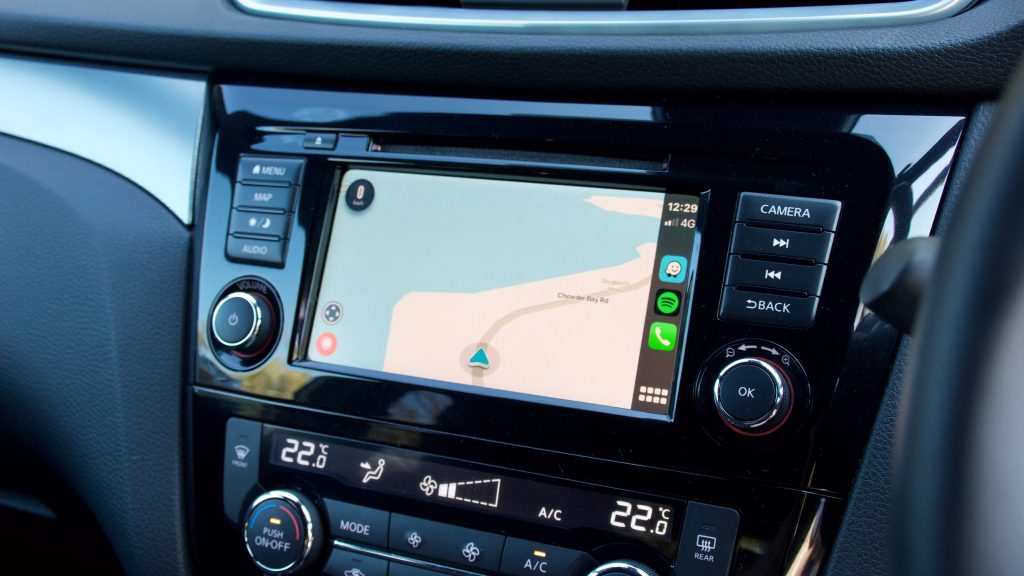
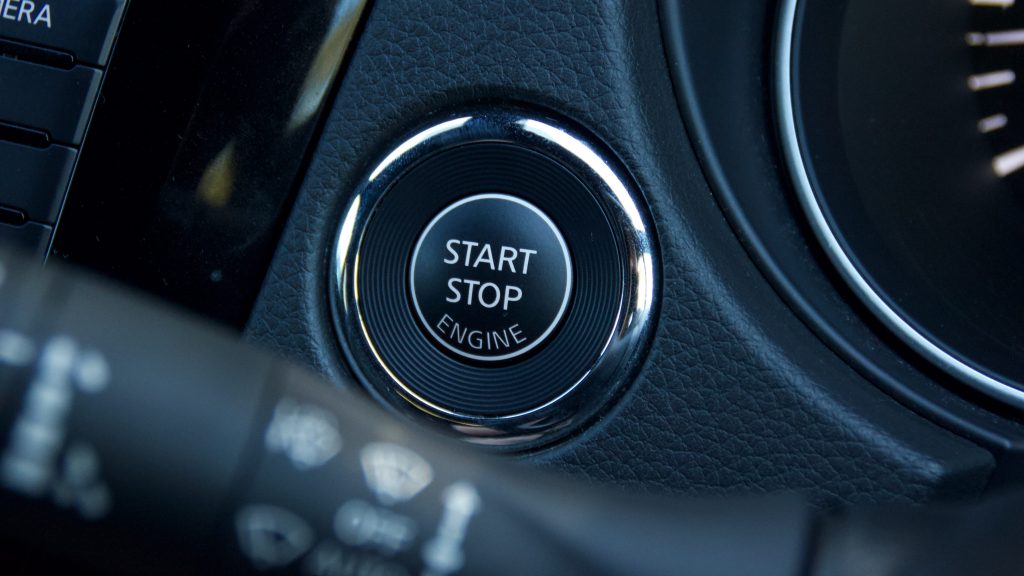
Our test car was at the opposite end of the Qashqai ladder, the fully-loaded Ti. It gains inbuilt satellite navigation, a 360-degree parking camera, auto-folding/heated mirrors, dual-zone climate control, Nappa leather upholstery in a beautiful watch strap design, heated/electrically adjustable front seats, keyless entry and start and a fixed panoramic roof with an electric sun blind.
Outside, the Ti is spotted via racy 19-inch alloys in a two-tone design, LED headlights with LED front indicators and roof rails. From the ST+ and above, you also get Nissan’s full suite of semi-autonomous driving aids – including autonomous emergency braking (AEB) with radar cruise control, blind-spot monitoring with rear cross-traffic alert, auto lights and wipers, driver attention monitoring and lane-keeping assist.
We see the $41,100 Kia Seltos GT-Line as the Qashqai Ti’s biggest rival in both sizing and equipment – the Seltos has a larger centre screen, ventilated front seats, wireless phone charging, a heads-up display, a Bose sound system and a smaller sunroof but the cheaper Qashqai has more safety kit, as well as dual-zone climate control and the lovely panoramic roof.
Performance & Economy: 6.0/10
Despite the recent updates to the Qashqai range, it is still running the same 2.0-litre four-cylinder petrol engine as it did when it launched locally in 2014 – which was a lightly updated version of the 2.0-litre donk that’s been in the Dualis since 2007. This is mated to a continuously variable transmission (CVT) that sends 106kW and 200Nm exclusively to the front wheels.
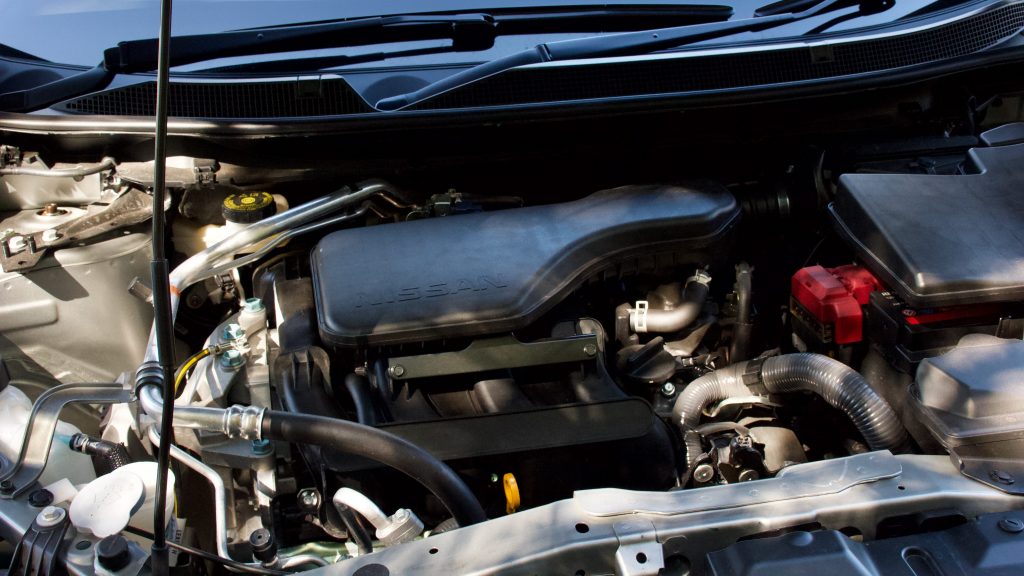
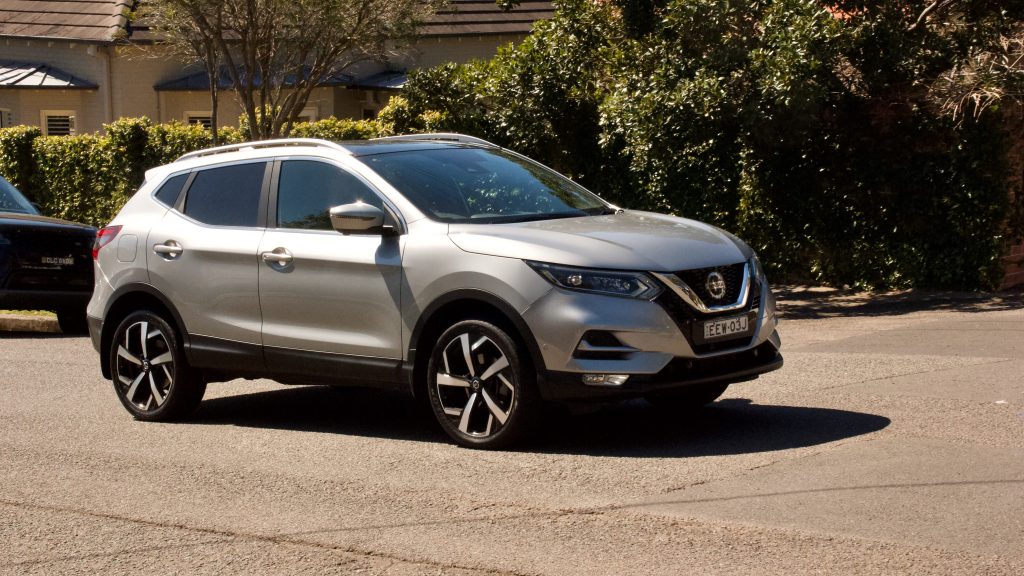
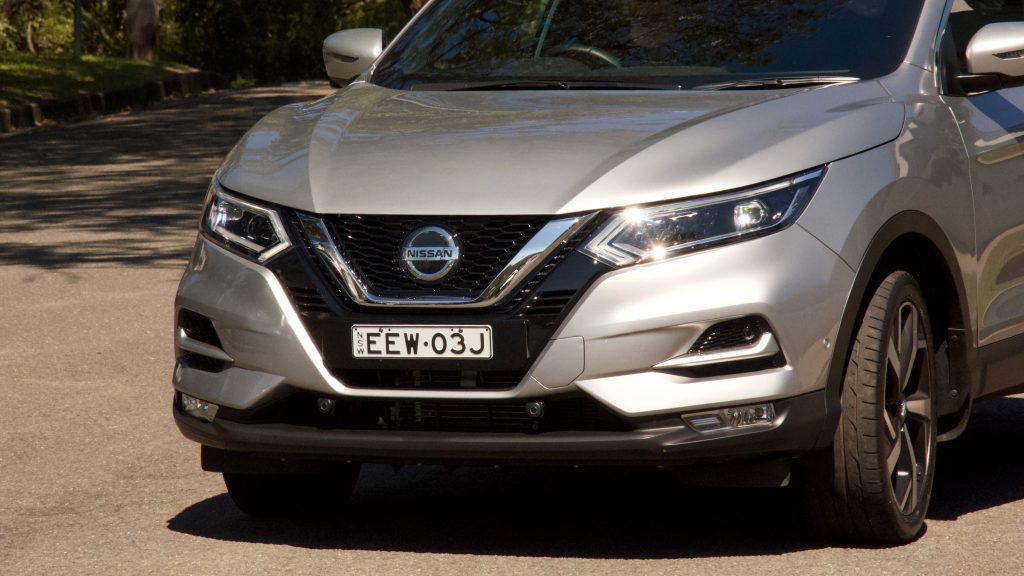
In a world of downsizing, turbocharging and hybridisation, the Qashqai’s drivetrain is positively archaic. Sure, it’s quiet and refined – props to Nissan for improving NVH in the 2018 facelift – and at city speeds it mostly inoffensive. But the serenity is quickly shattered when you need a sudden burst of acceleration – say to jump in a gap in traffic or overtake another car. A poke of the throttle is met with an increase in revs and noise but falls short in terms of delivery. The CVT manages to suck the life out of what are realistically very decent power and torque figures for the segment, making for an unsatisfying driving experience. Even little niggles such as the inconsistent engine braking makes the CVT a pain to live when compared to a torque converter or dual-clutch unit.
“The CVT manages to suck the life out of what are realistically very decent power and torque figures for the segment, making for an unsatisfying driving experience.”
Fuel economy isn’t great either. The claimed 6.9L/100km figure was no where in sight after our week with the Qashqai, with our test car averaging in at 9.5L/100km. The Qashqai’s twin under the skin, the Renault Kadjar, is not only better to drive with its 1.3-litre turbo and dual-clutch transmission, it also averaged 6.8L/100km in similar driving conditions. The worst part? The same drivetrain is available in European-spec Qashqai models!
The 1.6-litre turbo petrol engine in the Kia Seltos is much better than the Qashqai however as it’s punchier, similarly fuel efficient and the dual-clutch auto is better than the Qashqai’s CVT.
Ride & Handling: 8.0/10
It’s a shame that the drivetrain is such a let down because the 2020 Nissan Qashqai otherwise drives rather well. Sure, it isn’t exactly the last word in sporty handling – the Seltos handles better if that means anything to you – but it’s predictable and way more comfortable than anything on 19” wheels has a right to be.
“It’s a shame that the drivetrain is such a let down because the Qashqai otherwise drives rather well.”
The steering has the slightest bit more weight than its French twin, meaning that low-speed manoeuvres are every bit as easy, yet higher-speed driving doesn’t feel like you’re playing a video game. The body leans through the corners but it always remains predictable – the front end pushes wide and the tyres get vocal to let you know they’re running out of grip. It’s more than capable of safely navigating you out of a sticky situation should it arise.
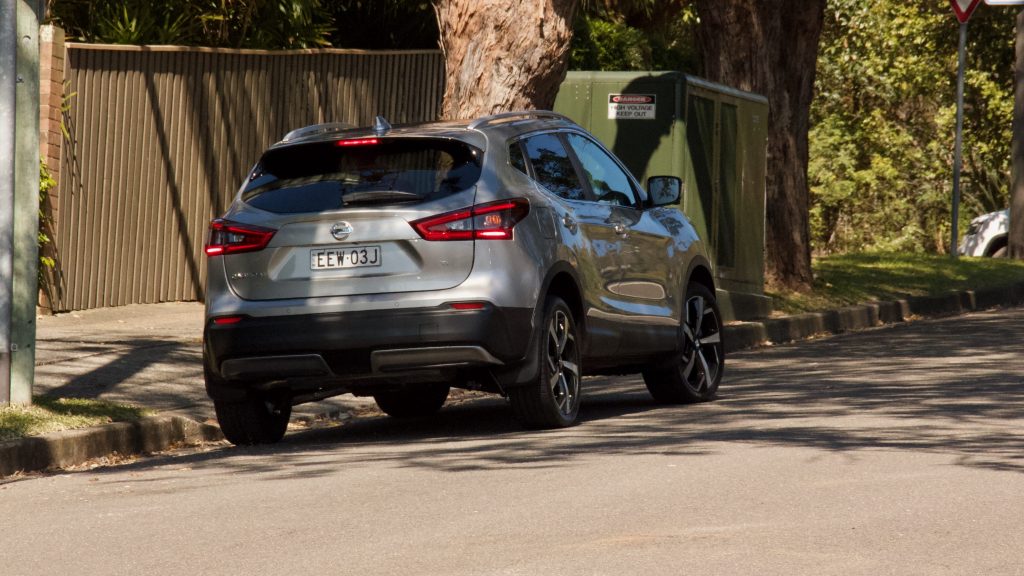
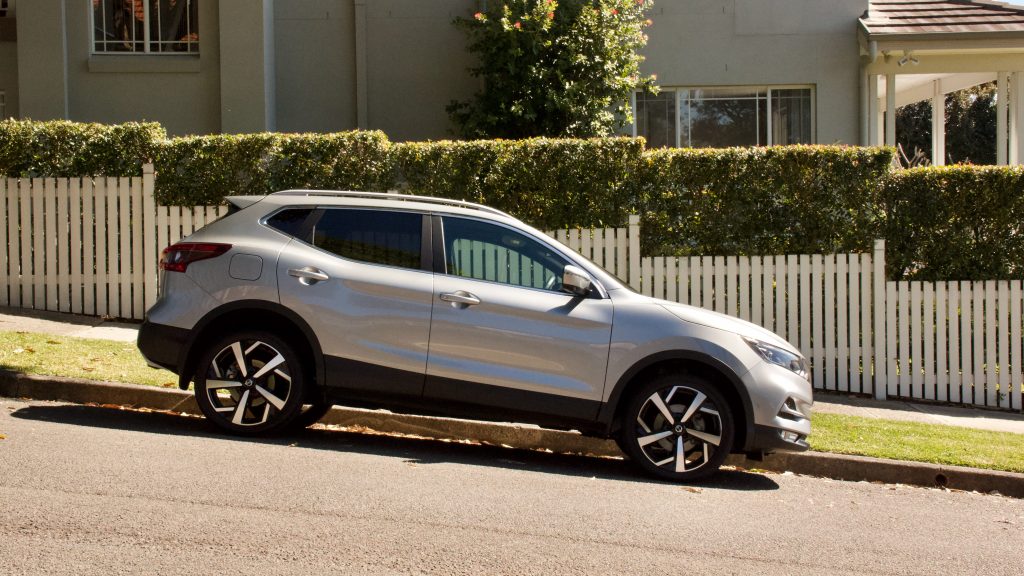
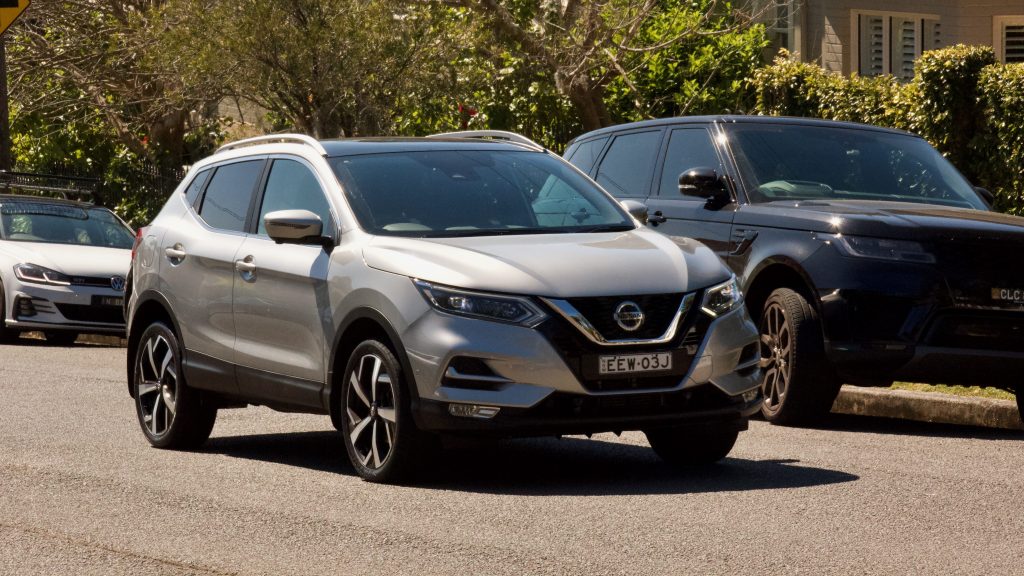
Ride comfort is also fantastic, with only sharper edges coming through those 19-inch low-profile tyres. It is slightly firmer than the Kadjar – though softer than the Seltos – and also has noticeably more tyre and wind noise – meaning it’s better suited as an urban runabout than a long-legged country cruiser.
Interior & Practicality: 8.0/10
Six years on from its launch, the Qashqai’s cabin is starting to feel its age. The design is tidy enough, but the integration of some of the newer features could be better executed.
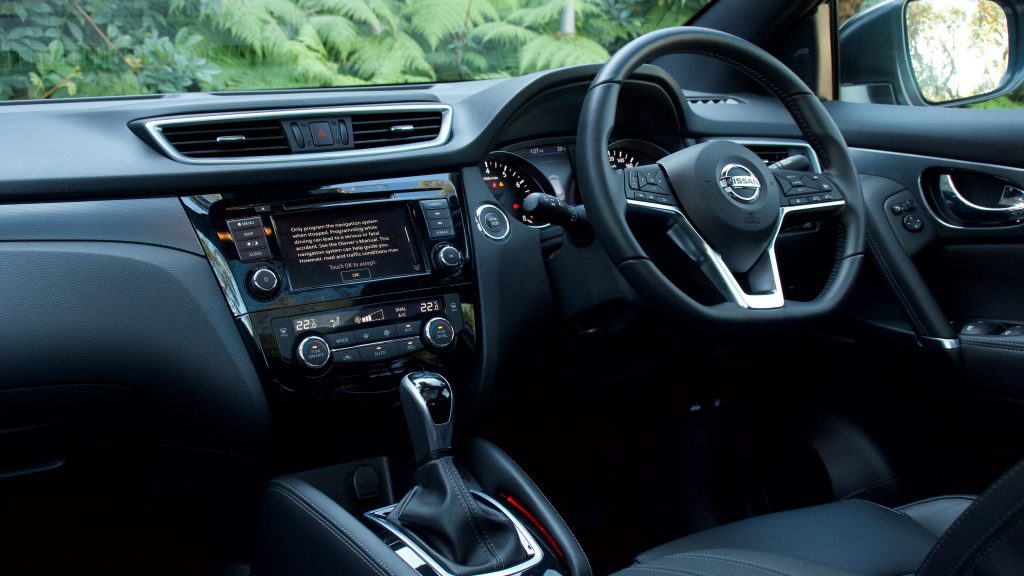
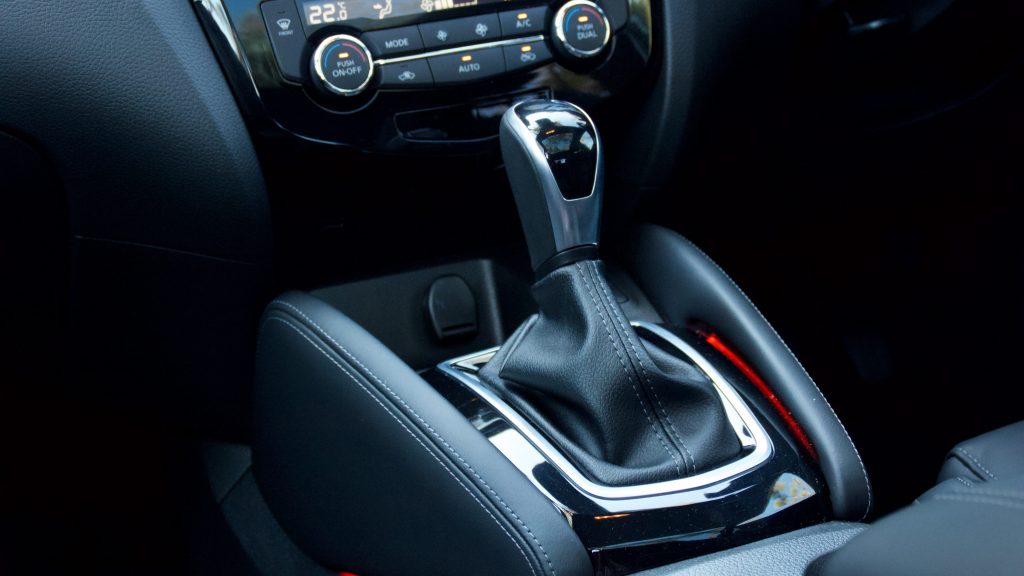
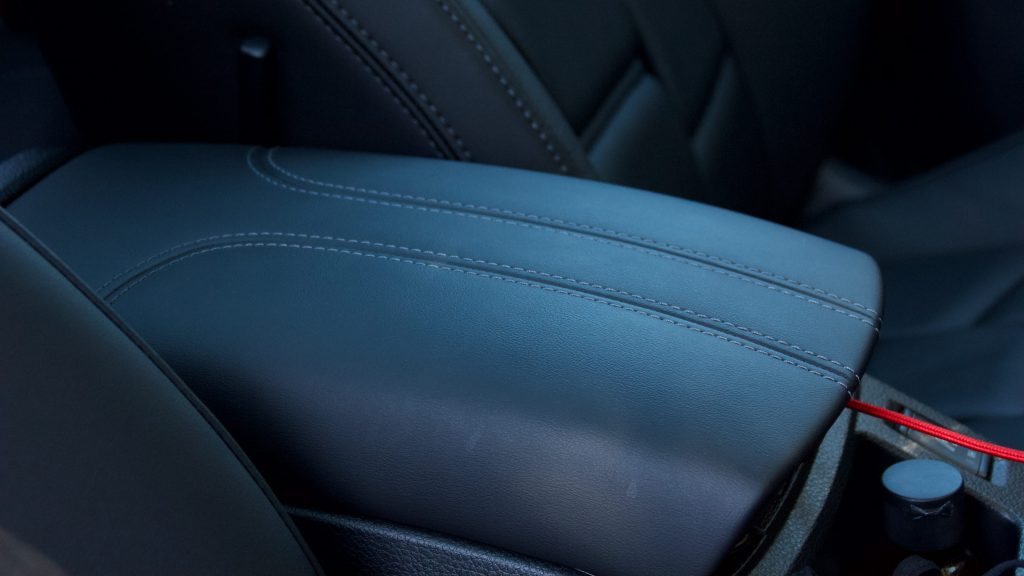
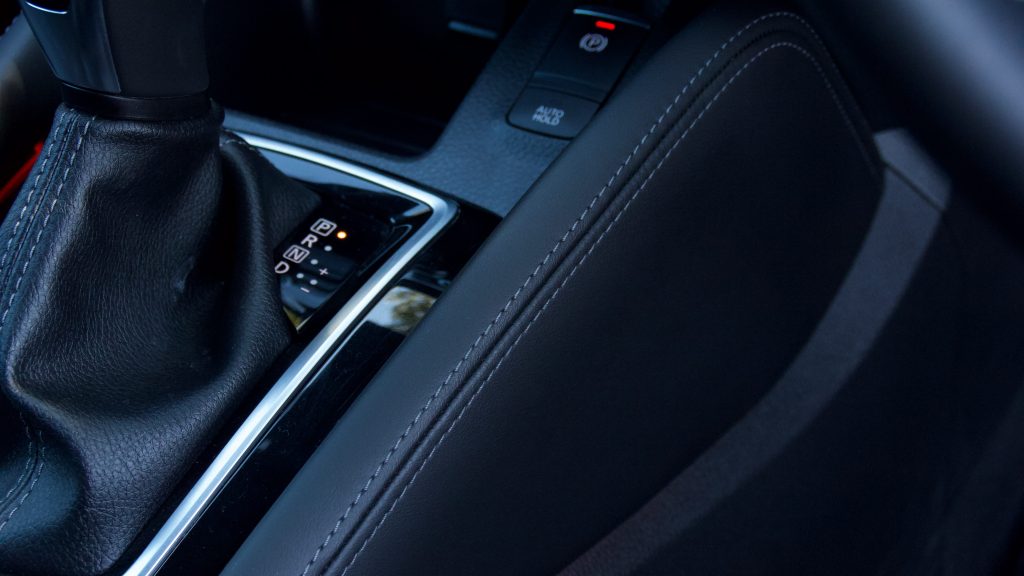
For example, blind-spot warning indicators take some getting used to as they are located on the inside of the door near the A-pillar rather than in the glass of the mirror. The driver’s dials also feels positively analogue in an age where a lot of cars are moving towards fully digital dials. And then there’s the touchscreen, which has a clunky user interface and a lower pixel density than a first-generation iPod Nano.
The recent addition of Apple CarPlay and Android Auto goes some way towards modernising the connectivity of the Qashqai, but the low-resolution screen lacks clarity and brightness, making it almost impossible to see during a sunny day with the panoramic sunroof’s blind open. It’s a shame, because it also impacts the usefulness of the excellent 360º parking cameras.
“And then there’s the touchscreen, which has a clunky user interface and a lower pixel density than a first-generation iPod Nano.”
At least build quality is mostly good – certainly better than the hard plastics in the Seltos. The 2020 Nissan Qashqai Ti scores soft touch plastics on the dash and front door tops, a lovely watch-strap design for the Nappa leather seats, and a sporty flat-bottomed steering wheel that feels good in the hand. It’s a shame that the faux leather lower section of the dashboard sticks out and makes a lot of contact with your knees.
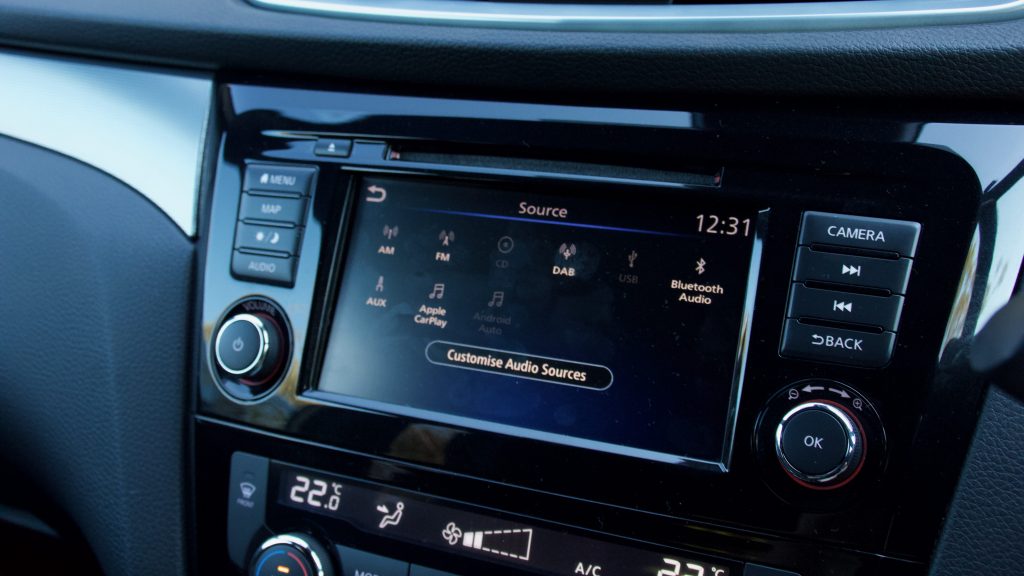
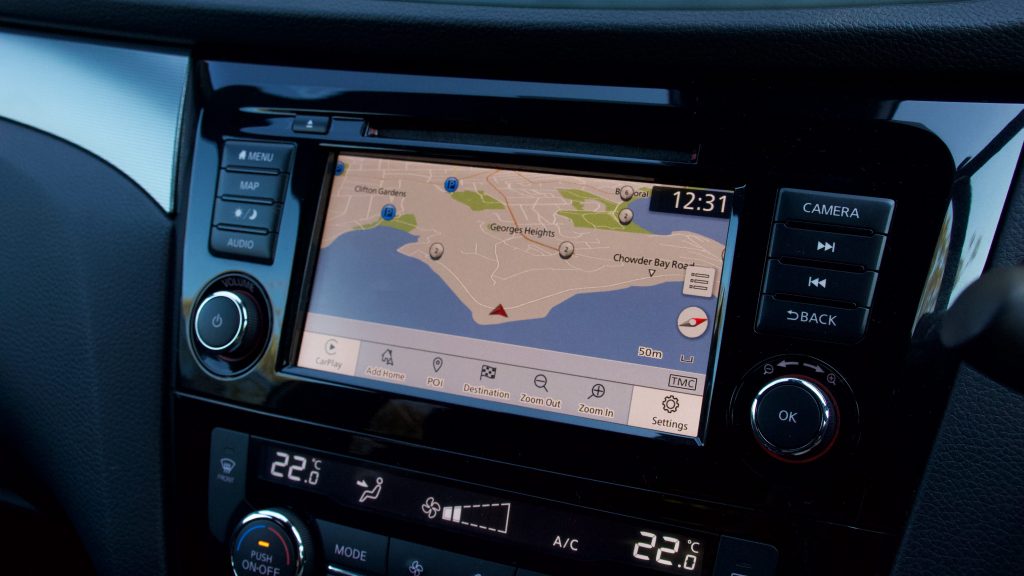
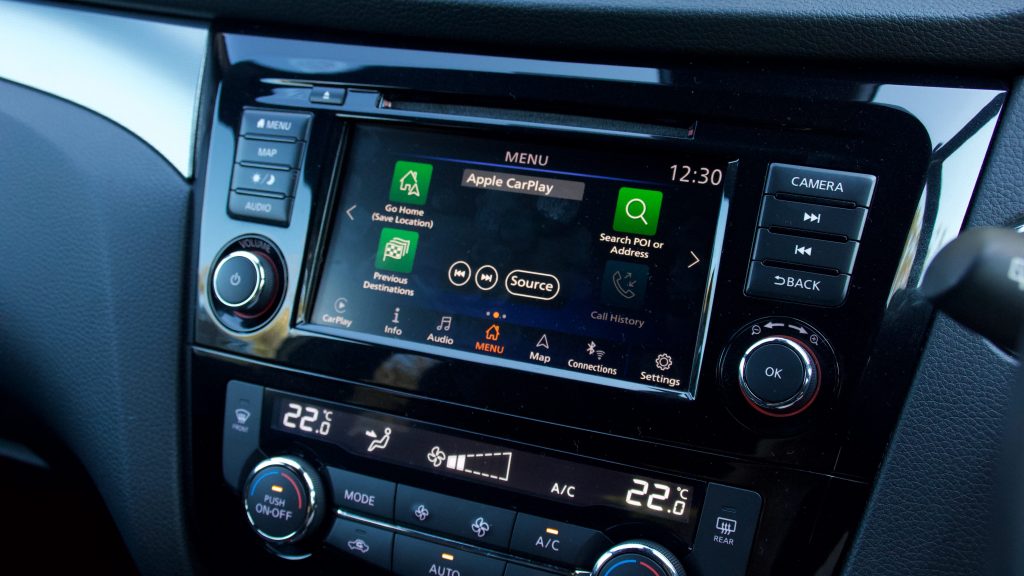
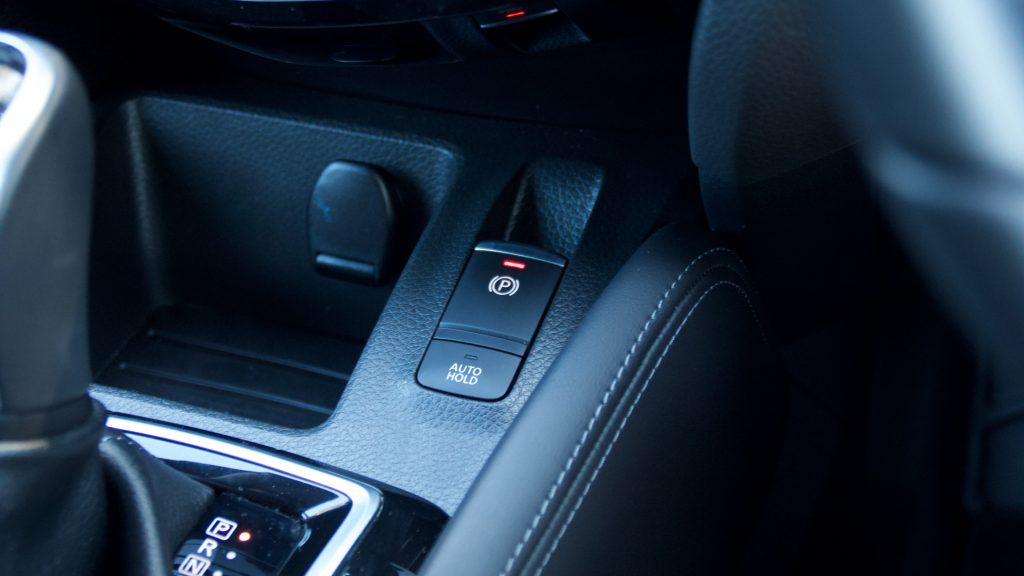
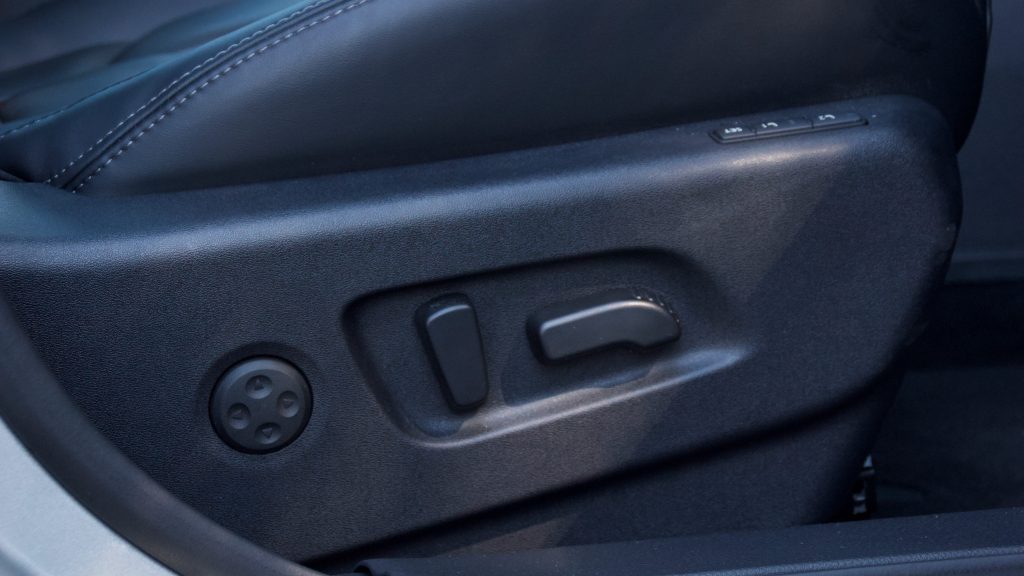
Being larger than your average compact SUV, the Qashqai’s rear seats and boot are almost as useful as most mid-sized SUVs, while the smaller exterior dimensions make it easier to manoeuvre. The rear seats offer plenty of head and legroom for two full-sized adults with the added bonus of a fold down armrest with cupholders for longer journeys (but no rear vents unlike the Kadjar – despite there being a hole for them and it being offered overseas).
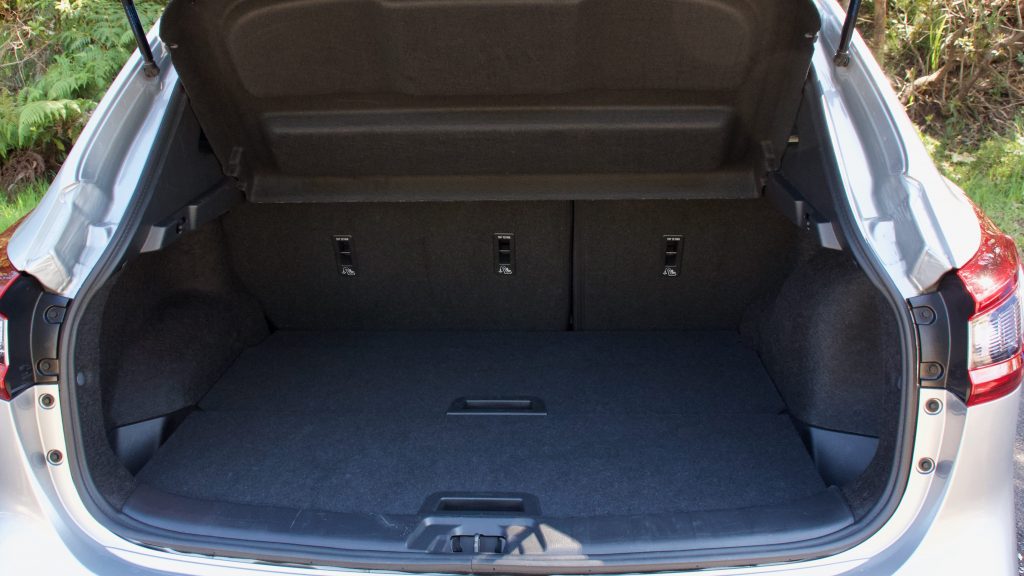
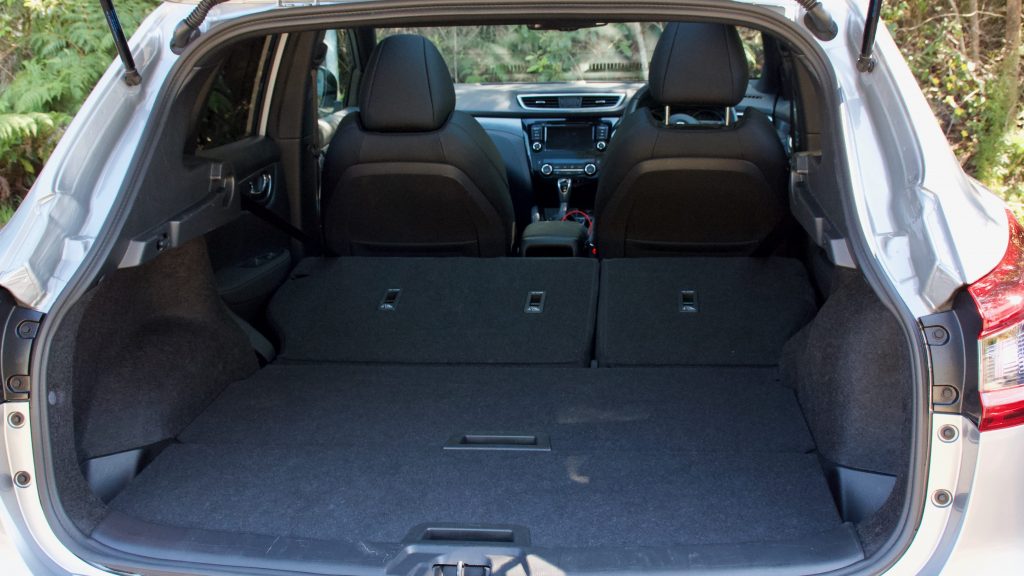
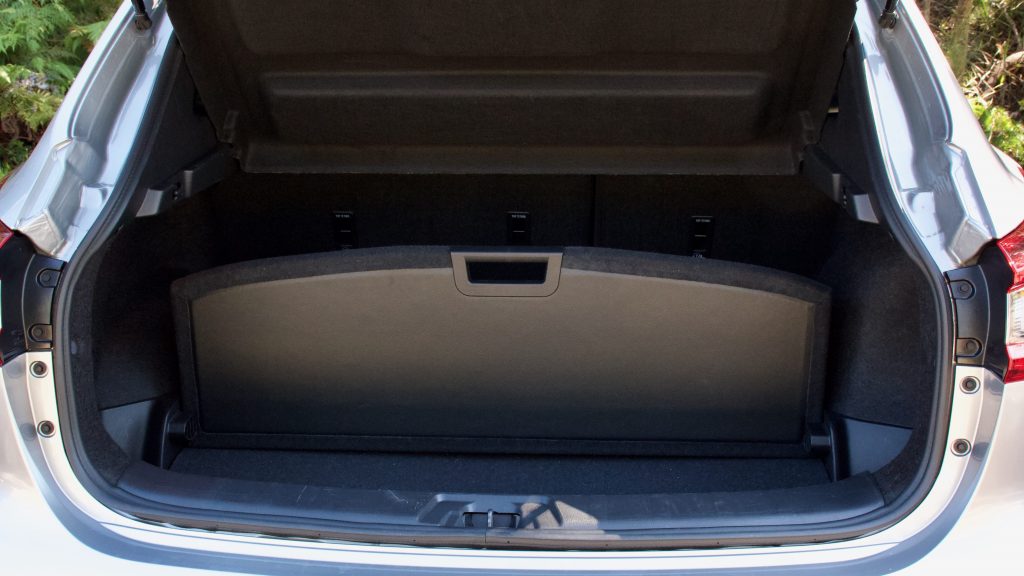
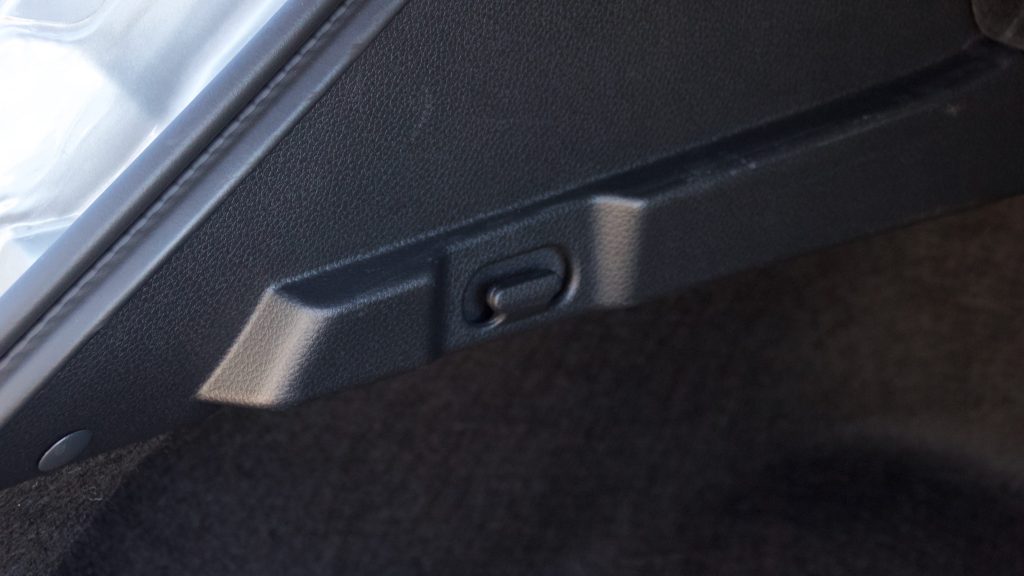
The boot also measures in at a healthy 430L, only aped by the Kia Seltos’ 498-433L boot (depending on which model you pick). It’s further aided by a clever false floor/divider system and shopping bag hooks. Fold them don and you get a healthy 1,598-litres of space – more than 250L more than the Mazda CX-5.
Running Costs & Warranty: 8.0/10
Nissan’s five-year/unlimited kilometre warranty is par for the course in 2020, but it’s also bolstered by roadside assist for the same period for added peace of mind.
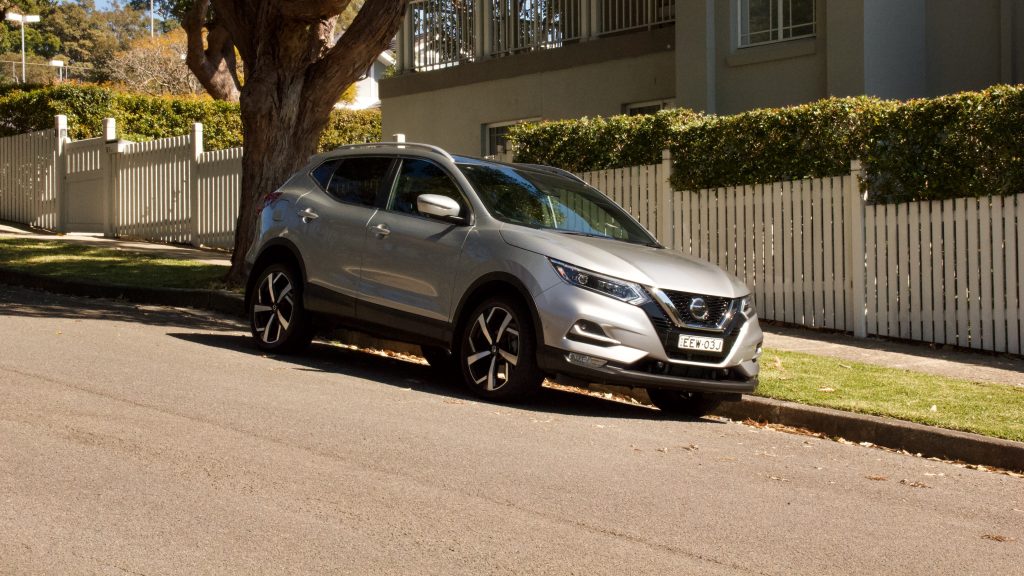
Servicing costs are kept low thanks to a competitive capped-price servicing program, totalling at $1,387 over five years. It’s a shame though that it requires visits every 10,000km rather than 15,000km or 20,000km. If you rack up 15,000km a year over five years that adds up to $1,688 in servicing.
2020 Nissan Qashqai Ti DiscoverAuto Rating: 7.4/10
It’s easy to see why the 2020 Nissan Qashqai has continued to sell in decent numbers even at the end of its lifecycle. It was one of the first to pioneer the compact crossover SUV segments – blending hatch-like drivability and dimensions with SUV style and ride height – offering buyers a well-rounded and practical package in city-friendly dimensions.
However, the competition is only getting stronger and the Qashqai’s dated drivetrain and interior tech are showing their age. Looking at the recently released Juke, which was a big step forward compared with its predecessor, we have no doubt that the next generation Qashqai should once again challenge the best in the segment. For now however, there are better options for your money but the Qashqai is still very much worth a test drive.
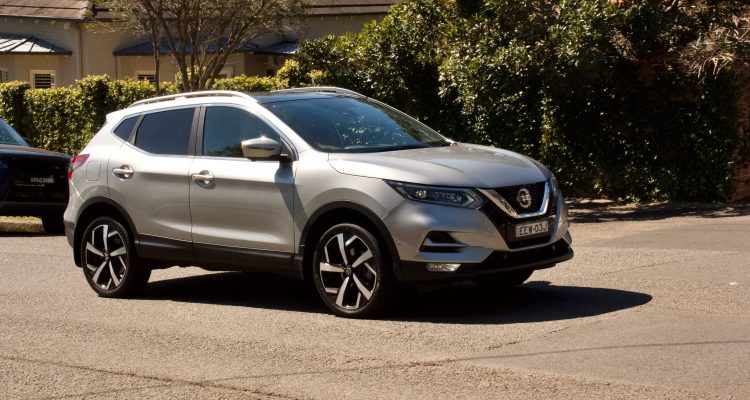
Leave a Reply